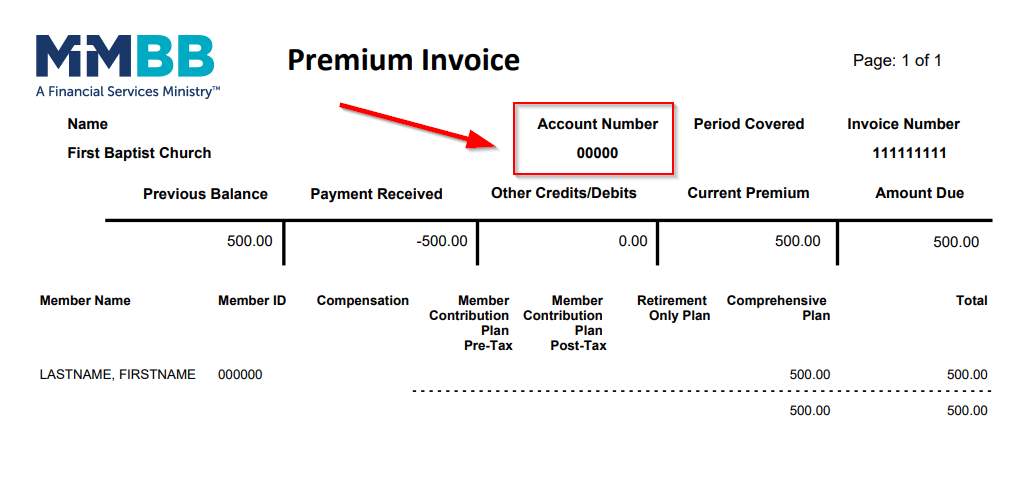This section gives an overview of the key tax consequences of transactions, such as distributions, rollovers, loans and withdrawals.
Taxable Portion of Your Distribution
Withdrawals and distributions after separation from service are generally included in your taxable income in the year of distribution.
Exceptions to this rule may apply if:
- You roll over the taxable portion of a distribution to an Individual Retirement Account (IRA) or other employer’s plan within 60 days of distribution.
- You elect a direct rollover of the taxable portion.
- You are eligible for and use a special averaging provision.
- Your distribution or part of your distribution represents the return of after-tax contributions that you have made to the plan.
Loans will not cause any tax consequences if they are paid when due. However, if you “default” on a loan or terminate employment and do not repay the loan in its entirety, any outstanding balance will be considered a taxable distribution.
Withholding and Rollover Rules
Federal law requires the plan to automatically withhold 20% of the taxable portion of any non-hardship withdrawal and most termination payments. You can avoid the 20% withholding if you elect a direct rollover to an IRA or another employer’s plan. Checks for the appropriate amount(s) must be directly payable to the trustee of the IRA or plan.
If you choose to have the payment made directly to you, you will be subject to 20% withholding, but you still have 60 days to roll over all or a portion of the eligible taxable amount into an IRA or another employer’s plan. This is known as an “indirect” rollover. You can still roll over the entire eligible taxable amount, but you must take funds from other sources to replace the 20% that has been automatically withheld.
Special rules apply to the “non-taxable” portion of your distribution, which is generally comprised of your after-tax contributions. If you wish to roll over the non-taxable portion of your payment you may only do so as a “direct rollover” from the plan. You may not roll over the nontaxable portion of your payment if it was paid directly to you.
Tax Reporting
After the close of the tax year in which you take a distribution, you will receive a 1099R tax form. It will include information on your distribution. If you do not directly roll over the eligible taxable component of a distribution and later roll over the funds on your own, the tax form will not reflect the rollover. You will need to report the rollover when you file your income tax returns. You should consult your tax advisor to ensure this is properly handled.
Whether or not the 20% withholding covers all of the taxes due on your distribution will depend on your personal tax situation. You may owe additional taxes or you may be eligible for a refund. You should consult your tax advisor to estimate the total amount of tax due.
Penalty Tax
The IRS mandates an early withdrawal tax of 10% unless one of the following criteria is met:
- You are age 59 ½ or over, or
- Distribution is due to death or disability, or
- You have separated from service at age 55 or over, or
- Your distribution or withdrawal is a result of medical expenses that exceed the minimum amount necessary to qualify as a deduction on your federal income tax return.
Remember that the 10% penalty can be avoided if you roll over the taxable portion of your distribution to another qualified plan or IRA.








